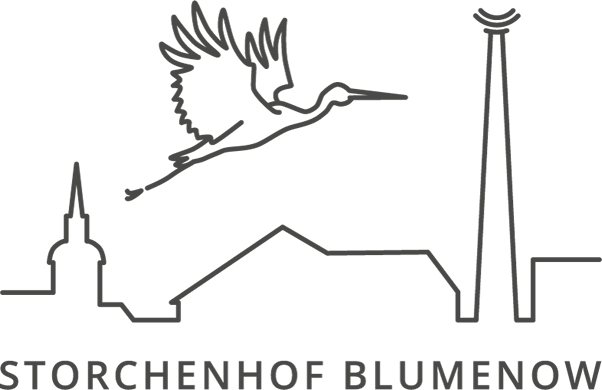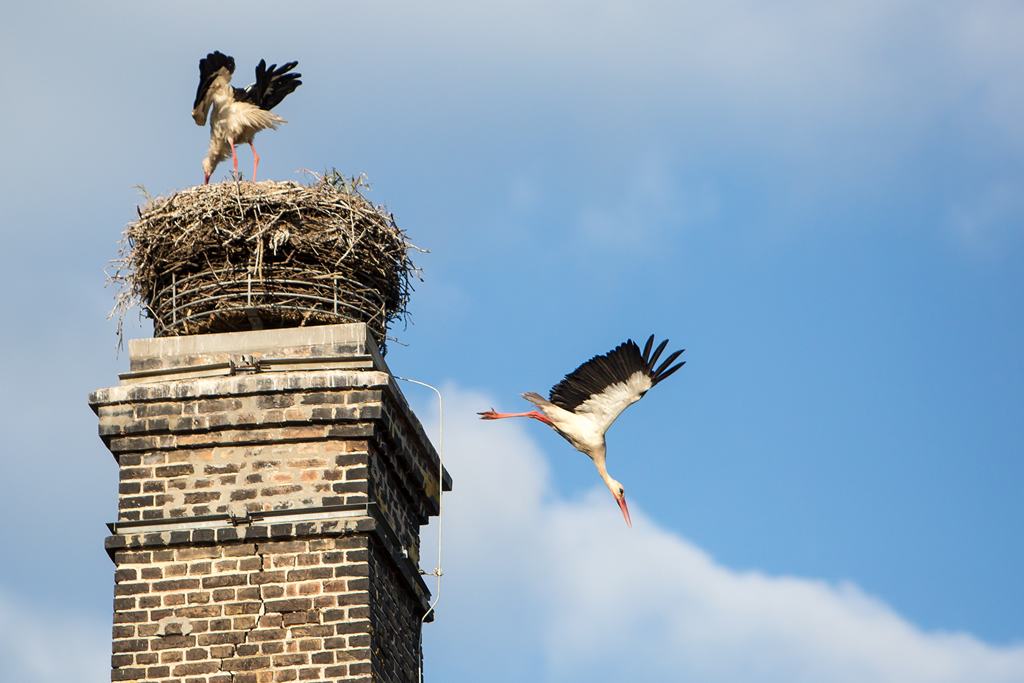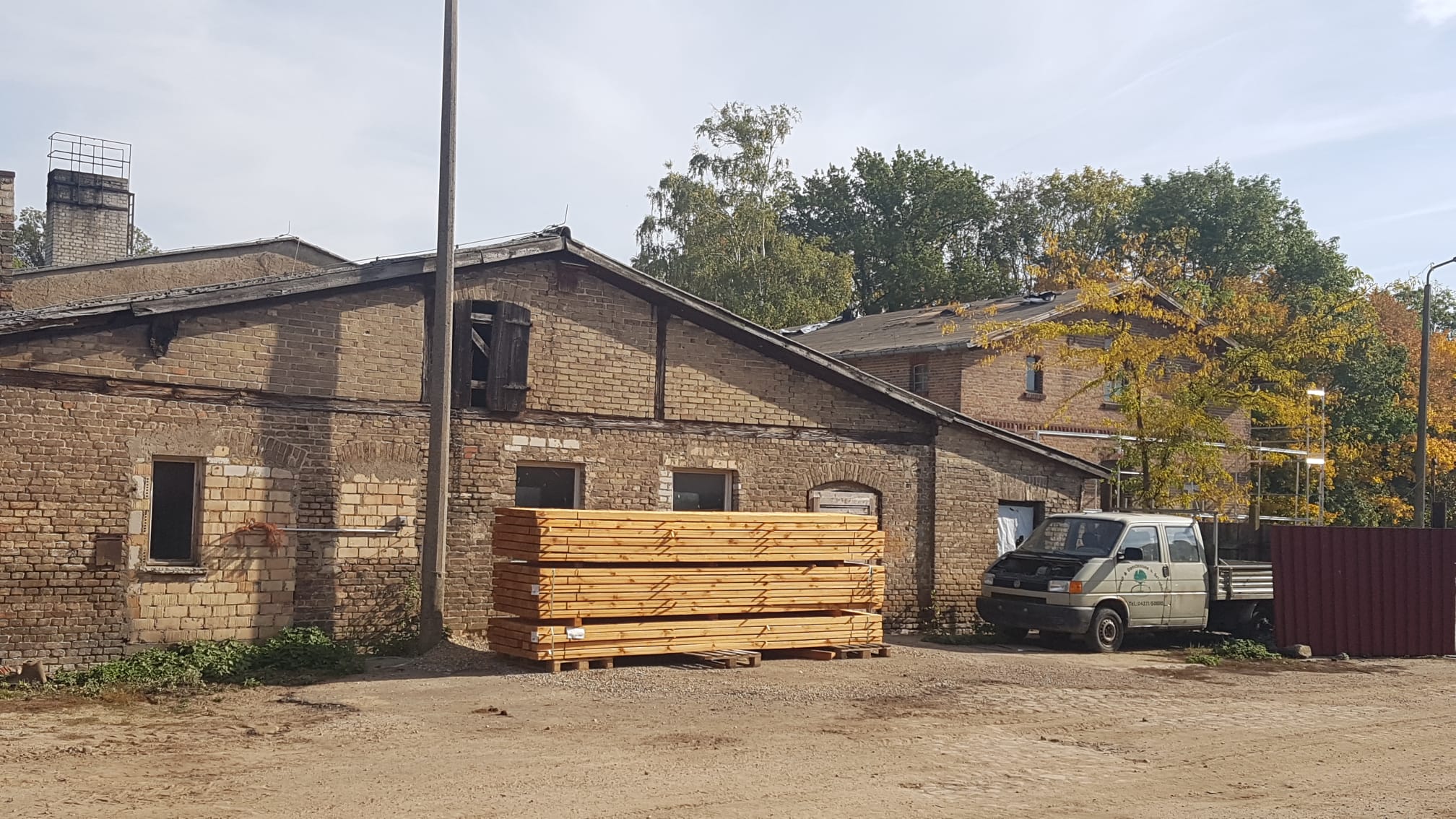Modernity meets tradition: Storchenhof Blumenow
In the village of Blumenow, which was first mentioned in a document in 1309 and belongs to Fürstenberg/Oberhavel, attractive rooms and vacation apartments with generous space, upscale furnishings and a versatile common area were created using the historic building substance of the former Blumenow estate. The historical ambience as well as the extensive green and open spaces of the former estate and estate park provide the basis for relaxing vacation and weekend stays with a variety of leisure activities.
Blumenow, that sounds like fragrant weather, like water, like forests. And – it is even true, because according to historical tradition the sounding name of village and manor derives from »Blumenaue«. However, in the Middle Low German common at the time of the first documentary mention (1309), one writes »ouwe« for »meadow«. This has been preserved, only slightly changed, until today. Like the forests, the water and the weather here.
Gone, however, are the days when the Stargardian Duke Heinrich complained in 1424 about robberies in his village Blumenow »by Priegnitzer and Ruppiner squires«. Since 1584 Blumenow, formerly Mecklenburg, belongs to the diocese of Brandenburg. In 1600 the three landlords von Zernekow, von Priegnitz and von Oertzen shared the rule over the village.
The last-named family finally had sole possession of the estate and village from 1794 to 1905. The so-called »Blumenower Vorwerk« was separated from the main estate during this phase (1812) and was given the name of the new owner Boltenhof in 1813. It still exists today, together with the manor house built at the end of the 19th century. Between 1887 and 1890 the road from Blumenow to Dannenwalde was built.
The main Blumenow estate grows into a stately complex with a centrally located manor house in Baroque style from the mid-18th century. Surrounded by a 15-meter wide moat, flanked by two small round corner towers on the grounds, the two-story castle-like manor house forms the fixed point of the completely symmetrically laid out estate, which can still be seen today in the preserved and restored buildings.
At that time, on the left side of the estate, there are horse and cow stables as well as the grain distillery, which was put into operation around 1900. 96-percent alcohol is distilled for industry and pharmaceuticals, because the agricultural yields of the Brandenburg sandy soils are no longer sufficient. To the right of the castle are garages and pigsties.
Only the manor house is missing today: Except for the foundation walls and parts of the former park terrace, the traditional building burned down in 1946 due to a mishap: When connecting a heating stove for the war refugees housed in the castle, a fresh air duct had been mistaken for a smoke outlet. Today, tall trees mark the central location of the former manor house.
With the wartime occupation of Blumenow by the Red Army, the expropriation of the owners and the »land reform«, a new chapter began for the estate and its inhabitants. The village, which had been dominated by the estates, became a modern village of socialist design. The community council, library, consumer goods store, restaurant, school, kindergarten and nurses’ station as well as the volunteer fire department moved in. And that, too, is already history again …
More than 30 years after German reunification, the Blumenow estate is once again in private hands. Isabell von Ludowig and Friedrich von Schönfels are renovating the estate building by building. It is now called »Storchenhof Blumenow« and is transformed from a place of work to a place for relaxation, deceleration and recreation. Storchenhof Blumenow got its name from Master Adebar, who has perched annually on the chimney of the former distillery since 1954, where he raises his respective offspring in his nest resting on an old wagon wheel.
In peace and quiet. Just in Blumenow.


